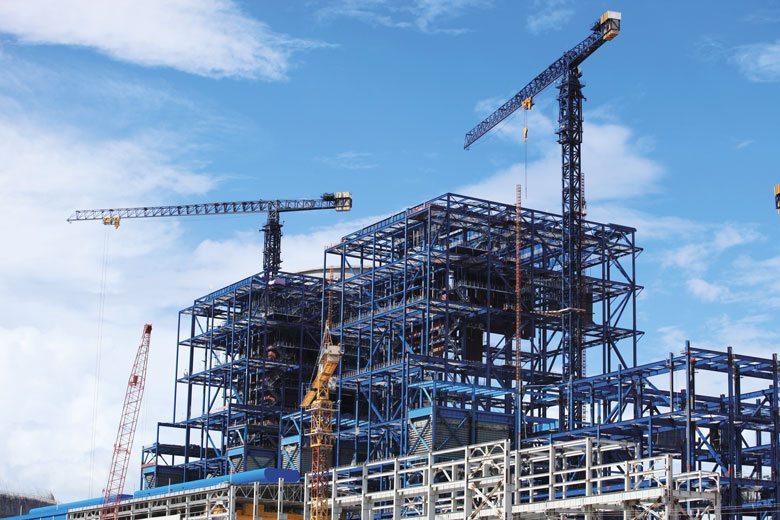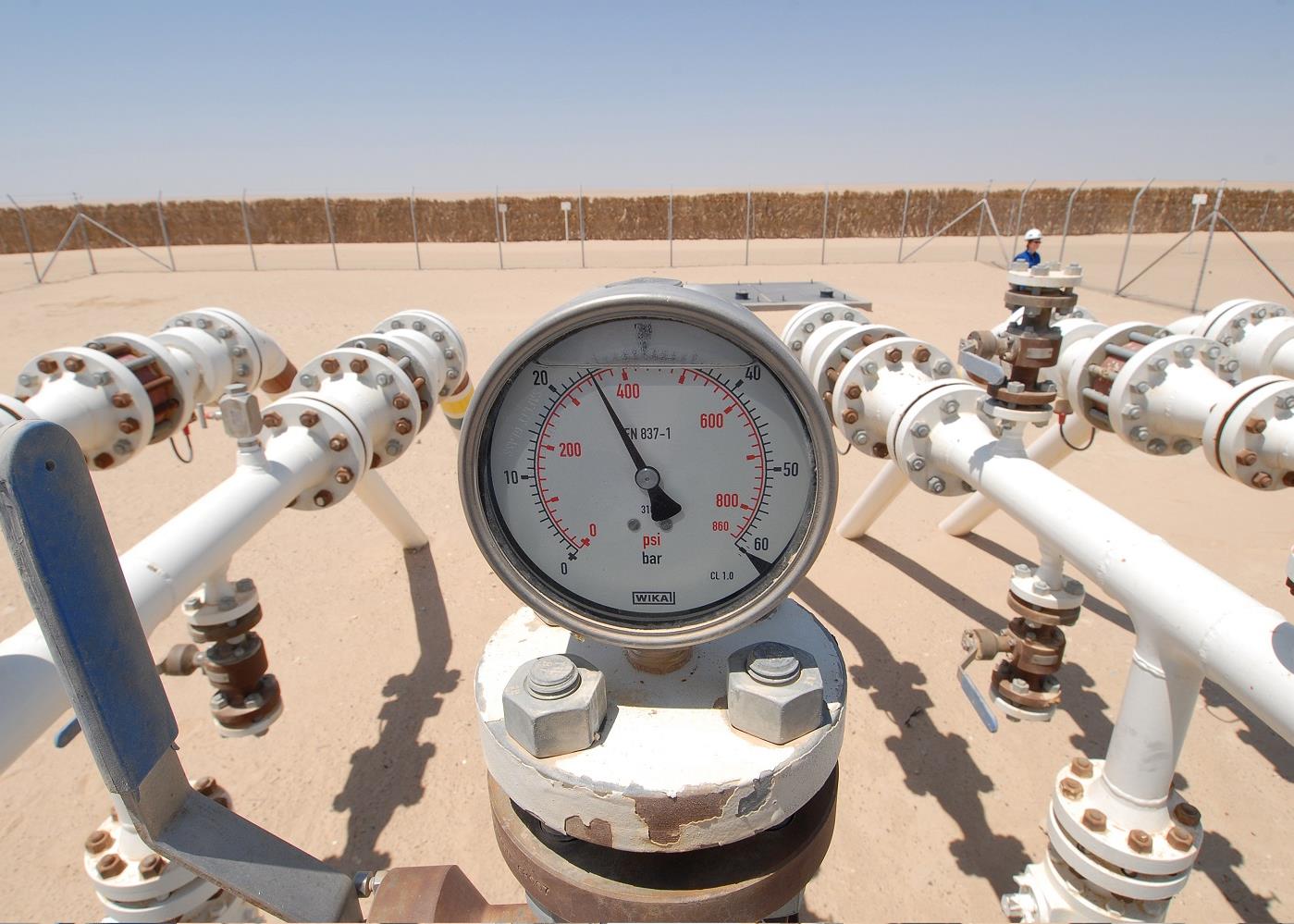

The crucial success factor in the early stages of a PPP is allowing enough time to do it right
This article has been unlocked to allow non-subscribers to sample MEEDs content for FREE. MEED provides exclusive news, data and analysis about the Middle East every day. Subscribe to MEED to have full access to Middle East business intelligence. Click here
Increasing the private sectors contribution to the economy is a key pillar of the economic strategies of every GCC country.
Public-private partnerships (PPPs) are a hot topic across the region, but what does this mean in practice? Over the past 20-30 years, PPPs have been embraced by many governments. The World Bank reported worldwide public-private infrastructure investment commitments of $71.5bn in 2016, covering 242 schemes. The Middle East and North Africa consistently shows the least PPP activity less than 5 per cent of the total. This reflects the cushion provided by oil and gas revenues in the region and a tradition of government providing for most needs of the population.
Most GCC members have experimented with PPPs, especially in electricity generation; Oman has been particularly active in independent power projects and independent water and power projects. Saudi Arabia also has a successful track record in airports. In 2011, a Saudi-Turkish joint venture won the contract to expand and operate the Medina airport, and since then it has invested more than $1.2bn.
PPP definition
Before explaining what a PPP is, we should first consider what it is not.
PPP is not a quick fix. There are no genuine short cuts. Time saved in preparation will be lost many times over in extended negotiations, failed tenders and cancelled projects. Most successful large PPPs took years, not months, to reach the point where the private investor was ready to start building.
PPP is not a cheap source of finance. Governments can generally borrow more cheaply than private companies, which banks see as higher risk. In 2015, the Saudi government issued 10-year bonds with a coupon of 2.65 per cent. In 2013, the international investor in the Medina airport PPP reported that its average cost of debt over all its global operations was 5.5 per cent. So why do governments justify PPPs on the basis of access to investment? This is partly because private financing of a large infrastructure scheme frees up government funds for activities where PPP may not be possible.
PPP is not privatisation. Privatisation involves transferring the ownership of existing assets to the private sector on a permanent basis. PPP contracts are for a fixed period and in most cases the assets built by the investor will be transferred to the government.

Ppp projects by sector
Most importantly, PPP is not an end in itself. It is a tool to achieve the governments development goals and its specific objectives for a project. The initial decision to use a PPP approach should depend on whether it will achieve these objectives better and more cost-effectively than provision by the government.
So what is PPP? The World Banks PPP Knowledge Lab defines PPP as a long-term contract between a private party and a government entity for providing a public asset or service, in which the private party bears significant risk and management responsibility, and remuneration is linked to performance. This differentiates PPPs from traditional public sector procurement contracts, where the government takes on all the operating risks and many of the construction risks.
Structuring PPP projects is driven by risk allocation, specifically risks should be allocated to the party best placed to deal with them. Risk sharing between the government and the investor is what makes PPP contracts so complex. Misallocation of risks is one of the main reasons for the failure of PPP projects.
Saudi programme
Saudi Arabia, as part of its Vision 2030, is implementing a huge programme of PPPs and privatisations that aims to bring about structural economic change. There are many potential opportunities for PPP in the kingdom, both large and small.
At one end of the scale, there are the big-ticket infrastructure construction projects that people usually think of when PPP is mentioned: power plants; roads; ports; water treatment plants; schools; and hospitals. However, there are many medium and small projects that could benefit from a PPP approach, especially at a regional or municipal level. These often require less capital, less subsidy and less specialised expertise, and take less time to complete than the megaprojects, yet they can still generate significant economic benefits. Examples include housing, government offices, sports and leisure facilities, social infrastructure, water and wastewater systems for small towns, road maintenance, residential waste collection and recycling, and street lighting.
Greatest risk
Of course these aggressive PPP ambitions do present risks, especially given the kingdoms limited experience to date. Contrary to popular opinion, the greatest risks are not from unscrupulous private investors taking advantage of inexperienced government negotiators experienced investors realise an obviously unbalanced deal is likely to be renegotiated or cancelled at a high cost to both sides. In fact, the greatest risk is that having spent time and money preparing and running a PPP tender, it fails to reach financial close. There are various reasons for this.
Inexperienced governments often have unrealistic expectations of what the private sector can deliver for the money. There is a tendency to keep adding bells and whistles to the project without recognising that someone (either government or users) will have to pay for them. Governments can be reluctant to introduce user charges for services that had previously been free to the public, or to set tariffs at levels that recover costs and generate a reasonable profit for the investor.
PPP projects often require coordination between several arms of government (for example in obtaining the necessary land, transport links, permits, etc); if this is left as an afterthought, the sponsor ministry may end up being unable to deliver on its commitments.

Ppp projects by country
Finally, a huge new PPP programme of the kind envisaged for Saudi Arabia will test the capacity of all parties to the limit. Government lacks the experience, systems and procedures, and the legal/regulatory environment. Most international investors do not have the capacity or appetite to prepare more than a limited number of bids at the same time and their local partners will not be used to the different risk profile of PPP investments. Much of the financing will come from local banks and too many projects chasing limited funds will quickly hit lending limits.
These risks are not insurmountable. As stakeholders gain experience, the process will become much smoother. The most crucial success factor in the early stages will be to allow enough time to do it right.
The potential upside of a successful PPP programme is huge, and experience elsewhere shows it is well worth the effort. The benefits can extend far beyond relieving pressure on the governments budget to include improved operating efficiency, development of the local private sector as investors, suppliers and service providers, less wastage by consumers as charges reflect the cost of provision, development of local financial markets, increase in local and foreign investment in productive assets, innovation in the use of public resources (for example using space in railway or bus stations for retail outlets), and positive cultural changes as the government focuses on its core business of governing and markets and competition become more widely established.

Richard Kupisz, Maxwell Stamp Saudi Arabia
Richard Kupisz, Maxwell Stamp Saudi Arabia
Richard Kupisz is CEO of Maxwell Stamp Saudi Arabia
You might also like...

Algeria signs oil deal with Swedish company
19 April 2024

Masdar and Etihad plan pumped hydro project
19 April 2024

Ewec signs Ajban solar PV contract
19 April 2024

Contractor orders compressors for onshore project
18 April 2024
A MEED Subscription...
Subscribe or upgrade your current MEED.com package to support your strategic planning with the MENA region’s best source of business information. Proceed to our online shop below to find out more about the features in each package.




